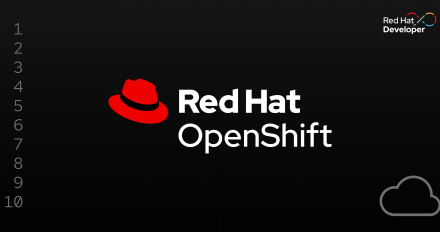
Getting started with OpenShift APIs for Data Protection
Learn how OpenShift APIs for Data Protection self-service enables developers to manage OpenShift application backup and restore, enforcing least privilege.

Learn how OpenShift APIs for Data Protection self-service enables developers to manage OpenShift application backup and restore, enforcing least privilege.
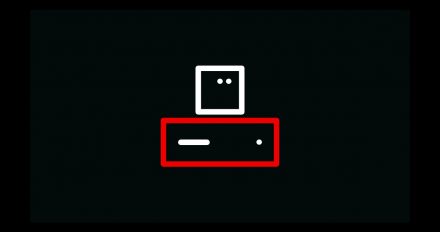
Learn about the JBoss Web Server (JWS) container image and its deployment on Red Hat OpenShift 4. Explore default container settings and customization options.

Explore the latest features in network observability 1.10, an operator for Red Hat OpenShift and Kubernetes that provides insights into your network traffic flows.
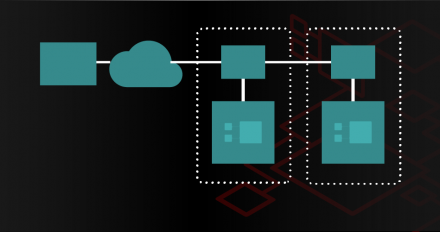
Learn how to achieve complete service mesh observability on OpenShift by integrating OpenShift Service Mesh 3.2, cluster monitoring, and Perses.
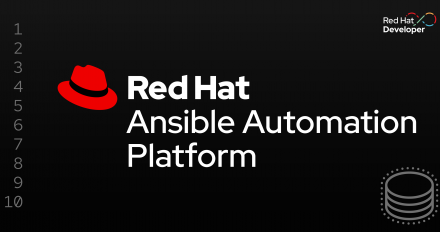
Get a step-by-step guide to integrating a custom AI service with Red Hat Ansible Lightspeed.

Learn how to integrate the Gateway API for OpenShift with OpenShift Service Mesh, utilizing certificate trust and mTLS communication.

Learn how to integrate the Veeam Kasten data management platform with Red Hat

Learn how to optimize AI inference costs with AWS Inferentia and Trainium chips on Red Hat OpenShift using the AWS Neuron Operator.

This article describes the design and flow of the confidential cluster operator, focusing on its role in deploying and managing confidential Kubernetes clusters.

Learn about the external secrets operator for OpenShift (now generally available), including features, benefits, and integrations for enhanced secrets management.
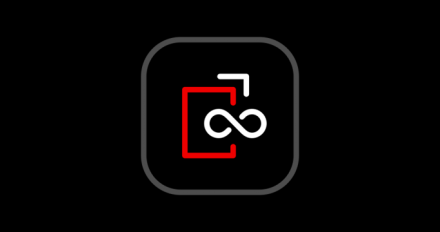
Your Red Hat Developer membership unlocks access to product trials, learning resources, events, tools, and a community you can trust to help you stay ahead in AI and emerging tech.
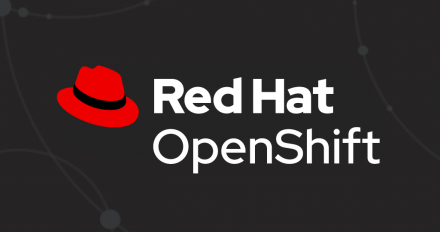
Examine the common frustrations of air-gapped OpenShift installations and a proven solution to simplify the process.

Learn how to use the OpenShift dynamic accelerator slicer with NVIDIA MIG to split large GPUs into smaller, just-in-time resources.

Learn how to address the limitations of Kubernetes in handling storage and secondary network issues for virtual machine use cases.
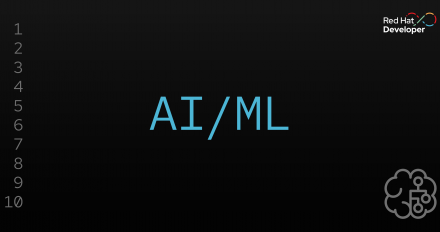
Learn how to deploy Model Context Protocol (MCP) servers on OpenShift using ToolHive, a Kubernetes-native utility that simplifies MCP server management.
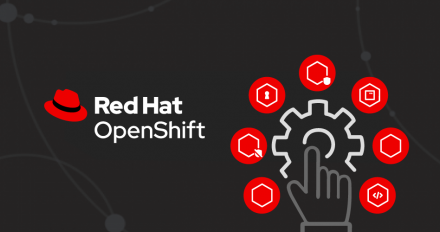
An in-depth analysis of the OpenShift node-system-admin-client certificate lifecycle, validity, rotation, and manual renewal in PKI management.

Learn how OpenShift Service Mesh 3 unifies single clusters into an application network for enhanced scalability, fault tolerance, and regional redundancy.

When operating within restricted environments, mirroring OpenShift operators can
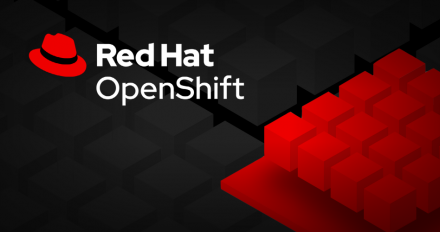
Discover a declarative, policy-driven approach to solve the challenges of manual certificate management in OpenShift with cert-manager and Venafi.
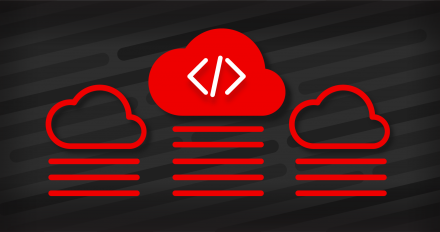
Learn how to set up a cloud bursting environment between on-premise and Azure cloud using OpenShift confidential containers.
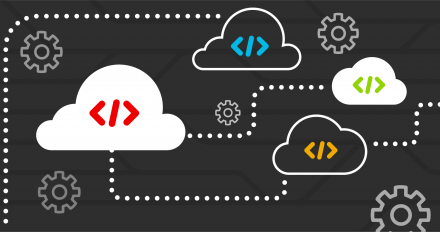
Explore the latest features in network observability 1.9, an operator for OpenShift and Kubernetes that provides insights into your network traffic flows.

As GPU demand grows, idle time gets expensive. Learn how to efficiently manage AI workloads on OpenShift AI with Kueue and the custom metrics autoscaler.

Deploy the Antrea-by-Broadcom Operator on Red Hat OpenShift 4.19 for a high-performance, Kubernetes-native networking solution.

Learn how to use Ansible to automate and manage Red Hat Advanced Cluster Management policies for multicluster Kubernetes environments.

The incident detection feature in Red Hat Advanced Cluster Management for Kubernetes 2.14 helps identify root causes and prioritize critical system issues.